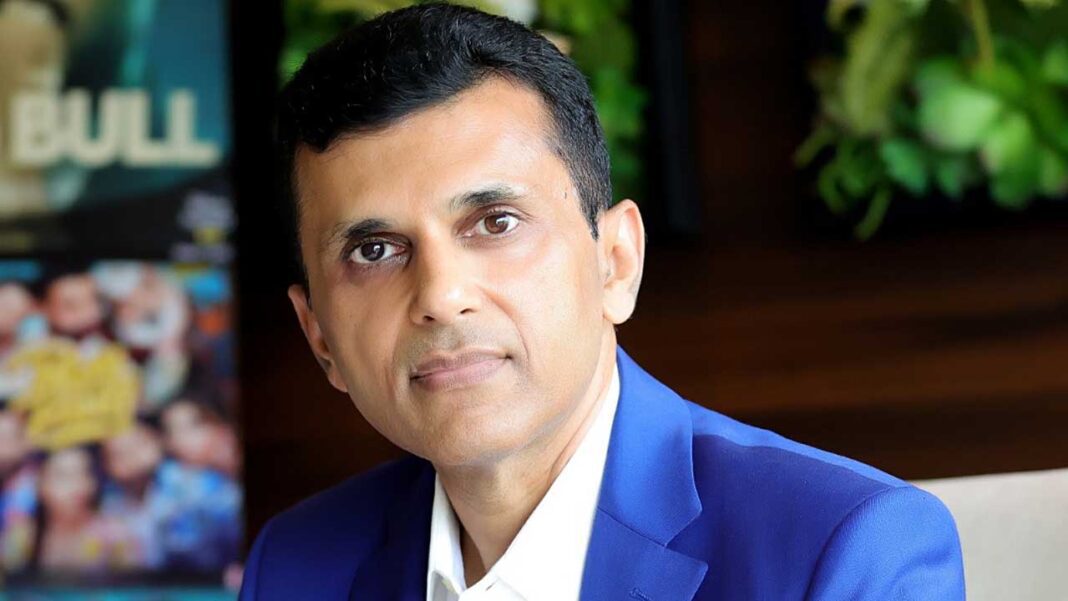Indian cinema was already in its infancy before the nation gained independence. The Lumiere Brothers had screened six films at Mumbai’s Watson Hotel as far back as in 1896.
In the 1900s, the industry was teeming with an ambitious array of films about love, existential questions , mythology and everything in between.Notable films like Dadasaheb Phalke’s ‘Raja Harishchandra’, also India’s first full-length feature (1913), Satyavadi Raja Harishchandra (1917), KL Saigal’s ‘Devdas’ (1936), and Shanta Apte’s ‘Duniya Na Mane'(1937) gave an indication of the fecundity Hindi cinema would achieve with time.
The forties however, triggered a monumental shift in Indian cinema, and storytelling underwent a radical transformation as films brimming with entertainment swiftly pivoted towards nationalistic themes, inspiring movies like ‘Shaheed’ (1948). Even an entertainer like ‘Kismet’ (1943) had a song like, “Door hato aye duniya walo Hindustan hamara hai.”
Post-independence, stories started to balance entertainment with social commentary in films like ‘Awaara’, ‘Do Beegha Zamin’, ‘Boot Polish’, ‘Shri 420’, ‘Mother India’, ‘Sujata’, ‘Pyaasa’, ‘Kaagaz Ke Phool’, ‘Bandini’ and many more. Reflecting the optimism of a Nehruvian nation-building vision, films like ‘Naya Daur’ (1957), ‘Hum Hindustani’ (1960), and ‘Paigham’ (1967) had an exceptional impact on Hindi audiences. The first International Film Festival of India (IFFI) took place in 1952 and offered the industry a long-awaited platform for recognition.
Despite having emerged from Partition, the post-independence cinema came to be known for its humanism and its all-encompassing vision of an aspirational country. This was cinema’s golden age when Mehboob Khan, Bimal Roy, Raj Kapoor, Dev Anand and Guru Dutt established new independent production companies and stalwart music directors like Naushad, Roshan, Shankar Jaikishan, SD Burman among others, iconic lyricists and great playback singers emerged along with writers like Abrar Alvi, K A Abbas, Rajinder Singh Bedi and many more.
The 1960s ushered a dynamic change in terms of production grandeur, song picturisations and costume design.Cinema embraced diverse influences, seamlessly blending Western and Indian elements.This era produced timeless classics like K. Asif’s ‘Mughal- E- Azam’, Vijay Anand’s ‘Guide’ and ‘Teesri Manzil’, Yash Chopra’s ‘Dharamputra’ and ‘Waqt’, Nitin Bose’s ‘Gunga Jamuna’, Manoj Kumar’s ‘Upkaar’, Radhu Karmakar’s ‘Jis Desh Mein Ganga Behti Hai’, Chetan Anand’s ‘Haqeeqat’ and many more.
By the 1970s, Bombay had become a filmmaking hub in India where entertaining blockbusters like ‘Sholay’ and ‘Kabhi Kabhie’ co-existed with the cinema of Basu Chatterji, Hrishikesh Mukherjee, Rajinder Singh Bedi, Basu Bhattacharya and Shyam Benegal. Mani Kaul, Kumar Shahani, M.S. Sathyu also created cinema which defied genres and spoke of deeply human issues.If the 60s had seen the rise of Rajesh Khanna, the 70s saw the emergence of Amitabh Bachchan with films like ‘Zanjeer’, ‘Deewar’, ‘Trishul’, ‘Kala Pathhar’ and counting. The era of Meena Kumari, Wahida Rehman, Vyjayanthimala and Sadhna made way for stars like Hema Malini, Rekha, Zeenat Aman, Parveen Babi and powerhouses like Shabana Azmi and Smita Patil.
The 70s also saw a whirlwind of socio-political change in India and a phase of restrictive censorship gave away to cinema of dissent and the birth of Salim Javed’s angry young man. Films blended entertainment with an edgy social commentary and makers like Yash Chopra (Deewar) and Manmohan Desai (Amar Akbar Anthony ) continued to remind the nation that in the end, sticking up for what is right and working together as one nation would help us surmount any challenge. Ramesh Sippy’s ‘Sholay’ is the perfect example where drama, action, humour, and melody danced in perfect harmony with the message of humanism.
The advent of economic reforms led to a burgeoning, ambitious middle class. The 80s and the 90s provided a gateway for filmmakers to play with expanded budgets and heightened spectacle. Mahesh Bhatt evolved from the realism of ‘Arth’ and ‘Saraansh’ to become an entertainer while Mansoor Khan , Sooraj Barjatya, Aditya Chopra, Ram Gopal Varma, Karan Johar and Sanjay Leela Bhansali created their own signature style.
The social and creative churn that followed led to the emergence of new voices like Dibakar Banerjee, Zoya Akhtar, Anurag Kashyap, Imtiaz Ali, Neeraj Ghaywan , Vikramaditya Motwane and counting. A pandemic and an OTT surge later, you may ask, what is in store for the audiences next? All I can say in answer to that question is; the story of Hindi cinema has only just begun.




